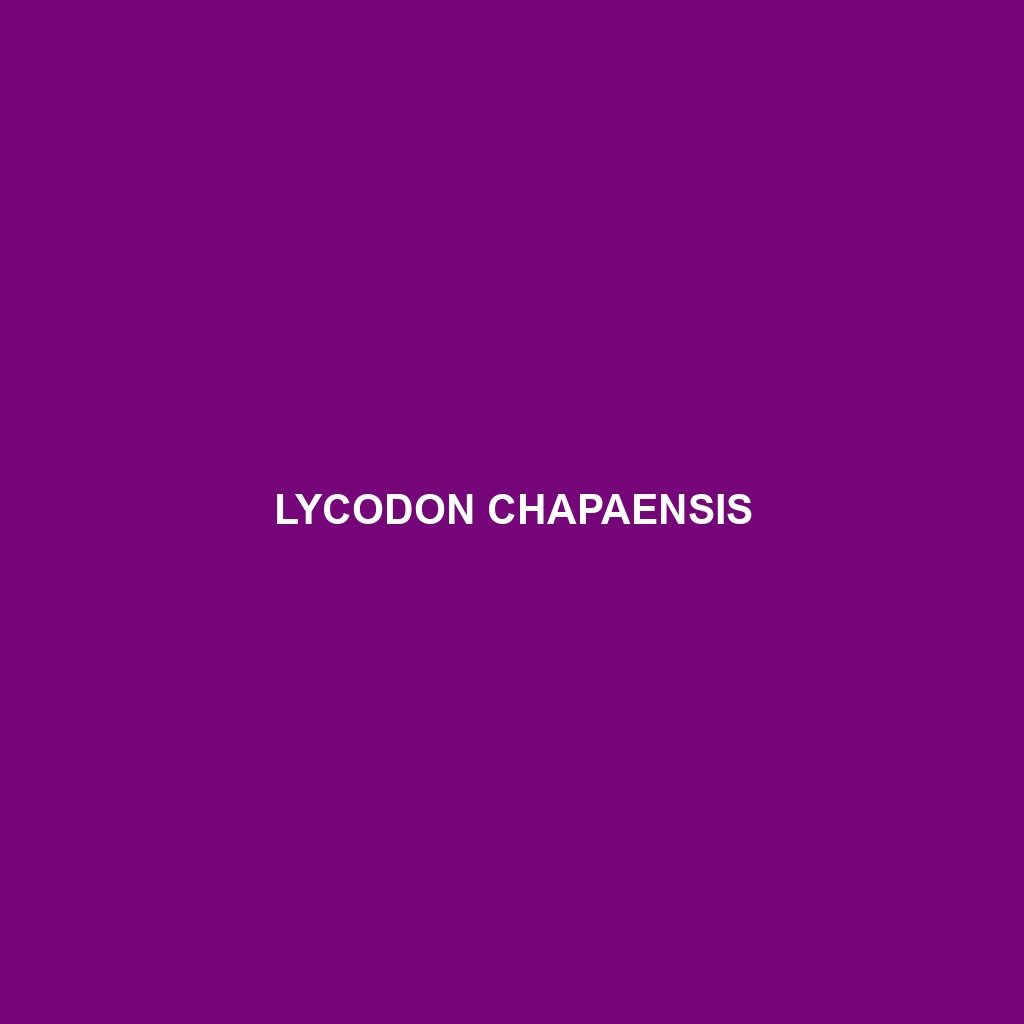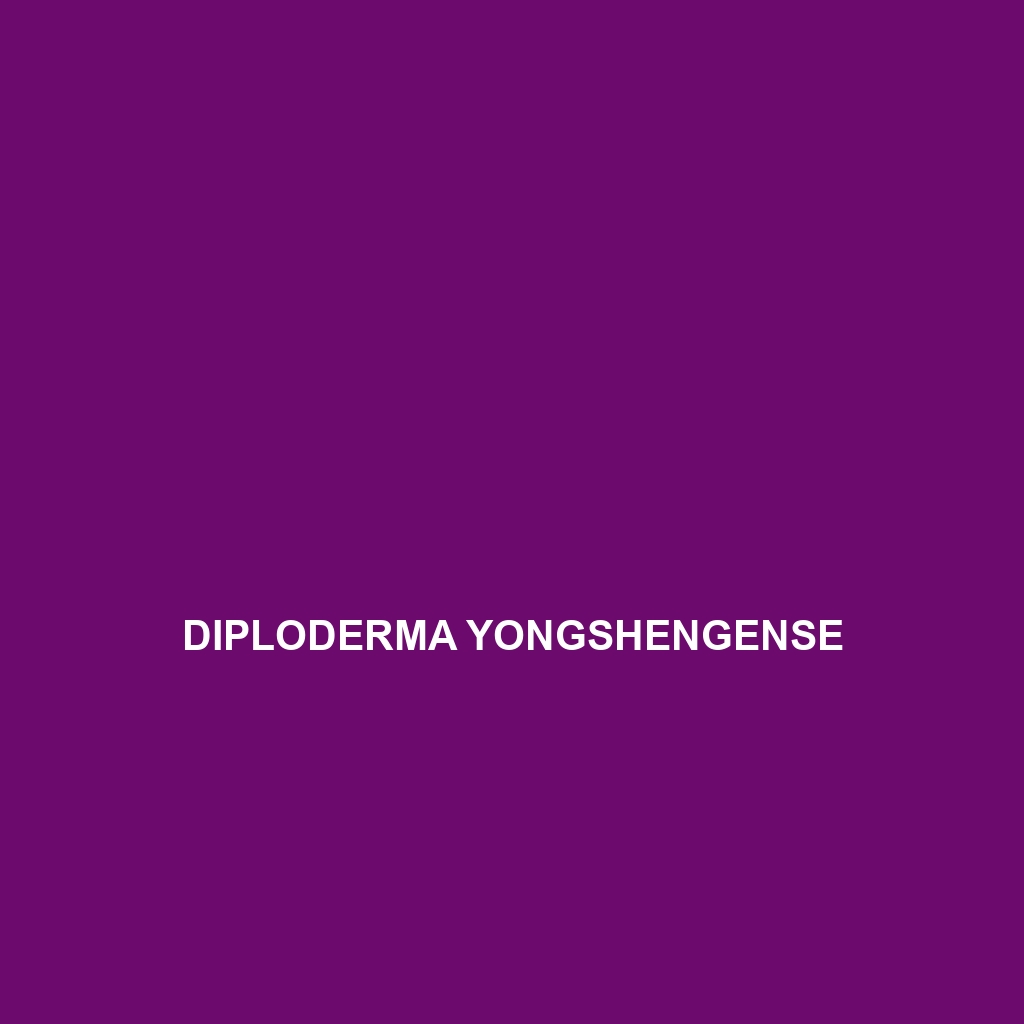Protobothrops trungkhanhensis, commonly known as the Trung Khanh Mountain Viper, is a striking snake native to the rainforests of Southeast Asia, particularly Vietnam. This nocturnal predator exhibits distinctive brown and green patterns for camouflage, grows between 60 cm to 120 cm in length, and plays a crucial role in maintaining ecological balance by preying on small mammals, birds, and amphibians.
Tag: Vietnamese wildlife
Protobothrops trungkhanhensis
Protobothrops trungkhanhensis, commonly known as the Trung Khanh Mountain Viper, is a striking snake native to the rainforests of Southeast Asia, particularly Vietnam. This nocturnal predator exhibits distinctive brown and green patterns for camouflage, grows between 60 cm to 120 cm in length, and plays a crucial role in maintaining ecological balance by preying on small mammals, birds, and amphibians.
Oligodon promsombuti
Introducing the Oligodon promsombuti, a slender, nocturnal snake native to the moist lowland rainforests of Southeast Asia, including Thailand, Vietnam, and Malaysia. With its glossy brown or gray scales and distinctive bands, this carnivorous species plays a crucial role in regulating small mammal and insect populations, highlighting its importance in maintaining ecological balance.
Lycodon chapaensis
Discover the captivating Lycodon chapaensis, a nocturnal snake native to Southeast Asia's rainforests, known for its slender body, striking dark gray and brown coloration, and ability to mimic venomous species. This agile predator primarily feeds on lizards, frogs, and small mammals, playing a crucial role in maintaining the ecological balance of its dynamic habitat.
Hebius annamensis
Discover the Hebius annamensis, commonly known as the Annam Snake, a strikingly patterned, insectivorous snake native to the tropical rainforests of Southeast Asia, particularly Vietnam. This moderately sized species, measuring 60 to 80 cm, plays a vital ecological role in its habitat by controlling insect populations and serving as prey for larger predators.
Diploderma yangi
<div class="short-description"> Diploderma yangi, a vibrant, medium-sized lizard found in the humid forests of Southeast Asia, recognized for its ribbed skin and insectivorous diet. Classified as vulnerable, this agile climber plays a vital role in controlling insect populations while facing threats from habitat loss and climate change.
Diploderma makii
fascinating Diploderma makii, a Vulnerable species native to the lush forests of East Asia. This diurnal lizard, known for its robust body, ability to blend into its surroundings, and diet primarily consisting of insects, plays a crucial role in maintaining ecological balance in its habitat.
Diploderma brevipes
Diploderma brevipes, a striking arboreal lizard from Southeast Asia, known for its slender body, long tail, and excellent camouflage. This insectivorous species thrives in humid subtropical forests and plays a vital role in maintaining ecological balance by controlling insect populations.
Cyrtodactylus ziegleri
Cyrtodactylus ziegleri is a Vulnerable gecko native to the limestone karsts of northern Vietnam, measuring 10-15 cm with a distinctive dark brown and light beige pattern. This nocturnal insectivore plays a vital role in its ecosystem by controlling insect populations and features climbing abilities and a defensive tail-dropping behavior.
Cyrtodactylus thuongae
Cyrtodactylus thuongae, or Thuong's bent-toed gecko, a slender, nocturnal species found in central Vietnam's tropical forests. With remarkable climbing abilities, intricate patterns for camouflage, and a diet primarily of insects, this vulnerable gecko plays a vital role in its ecosystem.









